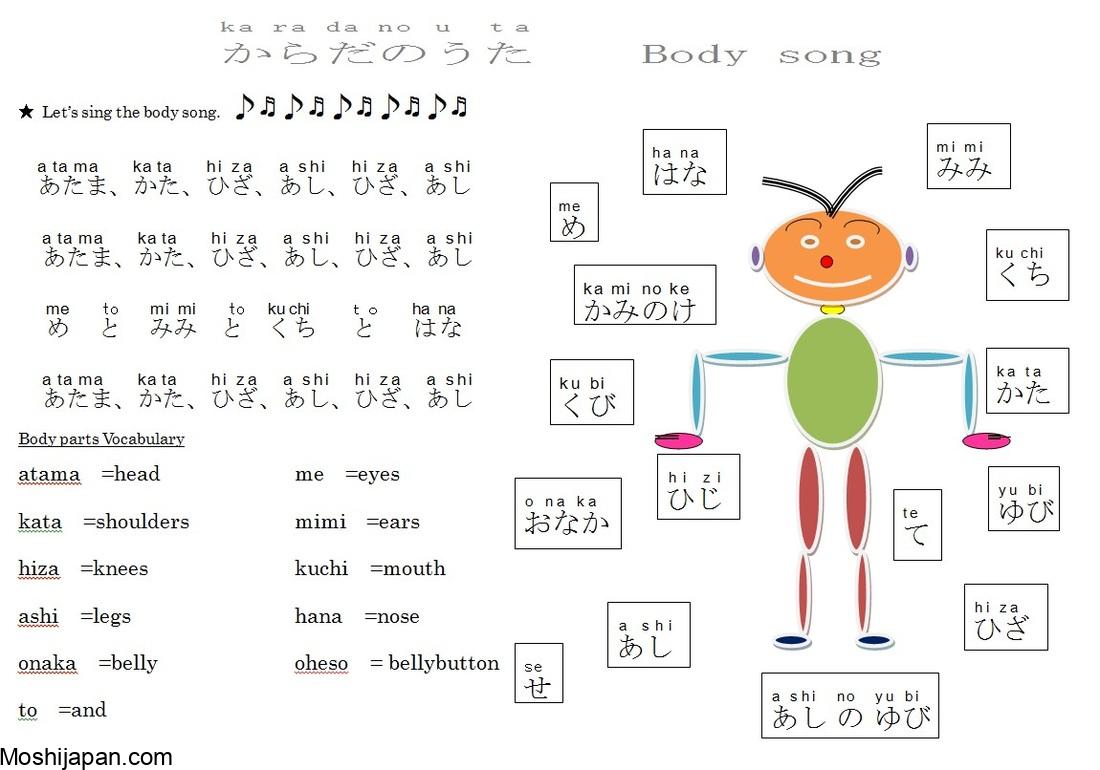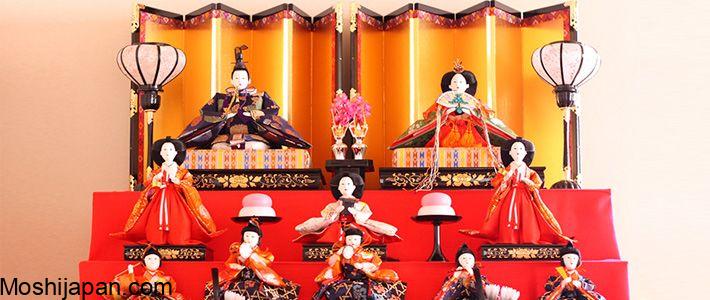Understanding Body Parts in Japanese
If you’ve ever been fascinated by the Japanese language or culture, you might have come across the intriguing topic of “Body Parts in Japanese.” Learning about how different languages express the human body can be both enlightening and fun. In this article, we’ll dive into the world of Japanese body parts, exploring not only the translations but also the cultural nuances that make this topic so unique. So, are you ready to embark on this linguistic journey? Let’s get started!
Body Parts in Japanese: A Peek into Moshijapan.com

Before we delve into the intricacies of body parts in Japanese, let’s briefly introduce you to Moshijapan.com. This website specializes in providing the latest updates on various Japanese language topics, including “Body Parts in Japanese.” So, don’t forget to follow Moshijapan.com to discover more about this fascinating subject.
Now, let’s move on to the heart of our exploration: understanding body parts in the Japanese language.
Translating Body Parts

To kick things off, let’s take a closer look at how specific body parts are expressed in Japanese. This knowledge can come in handy if you plan to engage in conversations related to health, anatomy, or even just everyday life in Japan.
- Head: In Japanese, “head” is referred to as “atama” (頭). Remember this word, as it’s the key to expressing anything related to the head in Japanese.
- Eyes: “Eyes” are called “me” (目). Quite straightforward, right? “Me” represents the windows to the soul.
- Nose: For “nose,” you’d say “hana” (鼻). This word might remind you of the act of smelling, which is closely associated with the nose.
- Mouth: “Mouth” translates to “kuchi” (口). A simple and memorable term for this essential body part.
- Hands: Japanese people refer to “hands” as “te” (手). Keep this in mind if you ever need to talk about your hands in Japanese.
- Legs: “Legs” are expressed as “ashi” (足). It’s crucial to distinguish between “te” (hands) and “ashi” (legs) to avoid any confusion.
- Heart: The “heart” in Japanese is “shinzo” (心臓). This word goes beyond the physical organ and encompasses emotions as well.
- Stomach: To talk about your “stomach,” use the term “i” (胃). Remember, food is a significant part of Japanese culture, so discussions about the stomach are common.
- Back: In Japanese, “back” is “senaka” (背中). Whether you’re talking about carrying a backpack or describing someone’s posture, you’ll need this word.
- Feet: Finally, “feet” are known as “ashi” (足), just like “legs.” Context will help you distinguish between the two.
Cultural Significance of Body Parts in Japanese

Now that you know the translations of these body parts, let’s delve into the cultural significance. Understanding how different cultures perceive and value various body parts can be eye-opening.
In Japan, the concept of “honne” and “tatemae” plays a significant role. “Honne” represents a person’s true feelings and desires, while “tatemae” refers to the facade or public face a person presents to society. This concept influences how Japanese people communicate, and it’s essential to be aware of it, especially when discussing emotions and feelings related to the heart.
Additionally, many traditional Japanese customs involve bowing. The angle and depth of a bow can convey a range of messages, including respect, apology, or gratitude. The head and body posture are crucial elements in this non-verbal communication.
Practical Application

Now that you have a basic understanding of body parts in Japanese and their cultural context, let’s talk about some practical applications. Whether you’re a language enthusiast or planning a trip to Japan, this knowledge can be invaluable.
- Healthcare: If you find yourself in a medical situation in Japan, knowing the Japanese terms for body parts can help you communicate your symptoms and understand your diagnosis better.
- Travel: When traveling in Japan, you might need to ask for directions, inquire about food ingredients, or discuss activities. Knowing body part vocabulary can facilitate these interactions.
- Meeting Locals: Engaging with locals on a personal level can enhance your cultural experience. Expressing interest in their language and culture, even if it’s just by knowing basic body part terms, can go a long way.
Frequently Asked Questions (FAQ)

Q: Are there any specific gestures related to body parts in Japanese culture?
A: Yes, bowing is a common gesture that involves the head and body posture. The depth of the bow signifies the level of respect or formality.
Q: Can you recommend resources for learning more about the Japanese language and culture?
A: Certainly! In addition to Moshijapan.com, you can explore language learning apps, online courses, and travel guides to deepen your knowledge of Japanese language and culture.
Q: Are there any other language nuances I should be aware of when speaking Japanese?
A: Yes, Japanese is a highly contextual language, so paying attention to politeness levels and using appropriate honorifics is crucial in conversations.
In conclusion, delving into “Body Parts in Japanese” offers not only language insights but also cultural awareness. Learning about how different cultures perceive and express the human body enriches our understanding of the world. So, keep exploring, keep learning, and remember to follow Moshijapan.com for more exciting insights.
tag
- how to say i lovie you in japan 2024
- living in japan
- nice to meet you in japanese



0 Comments